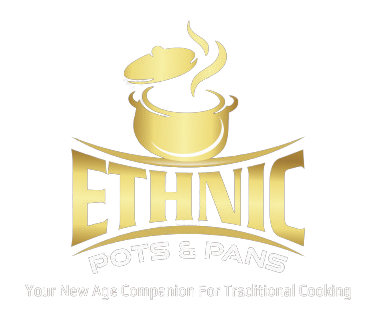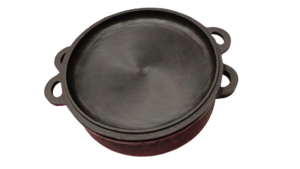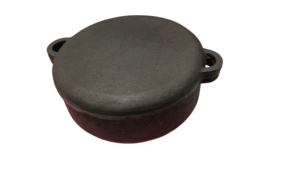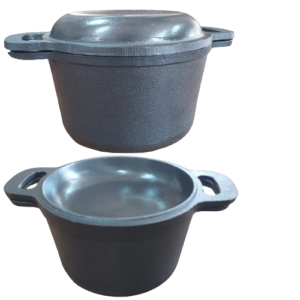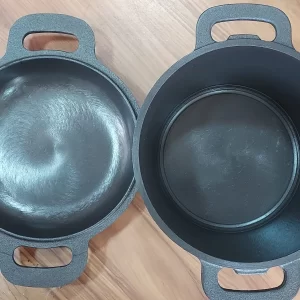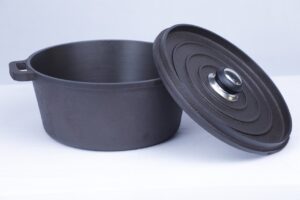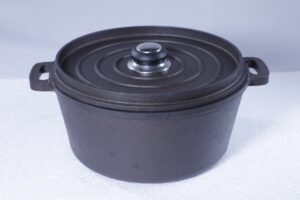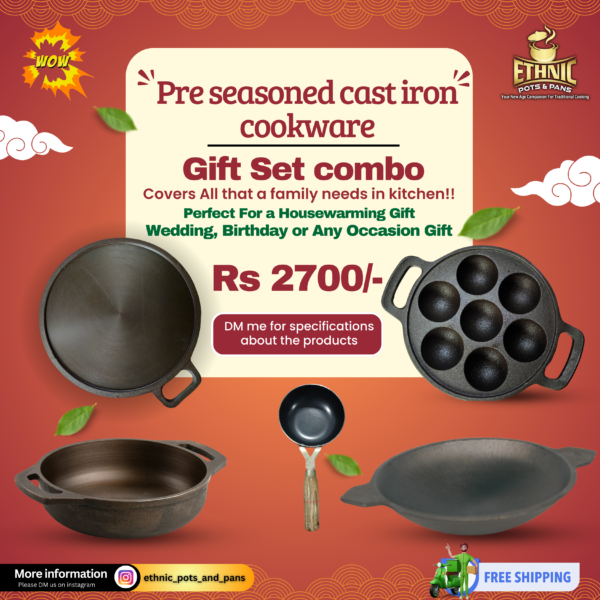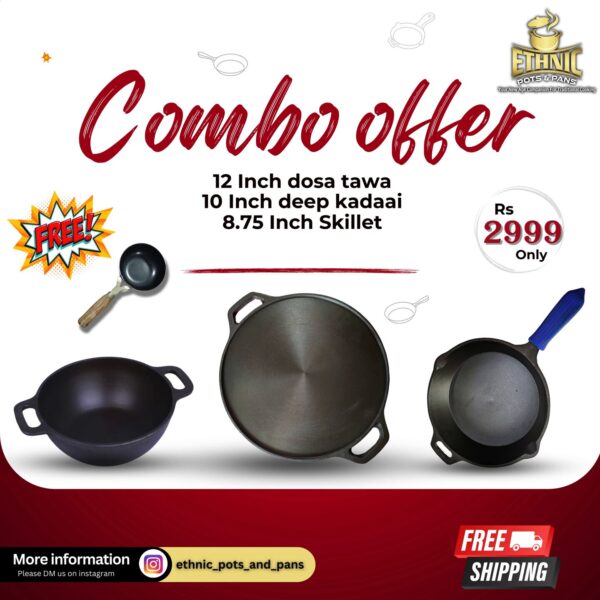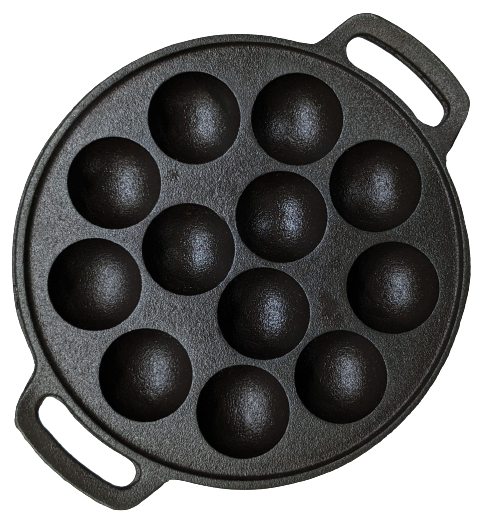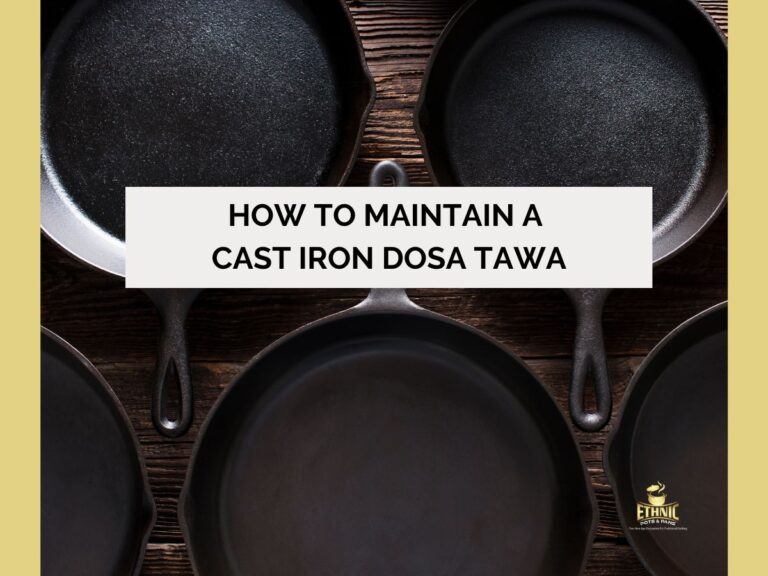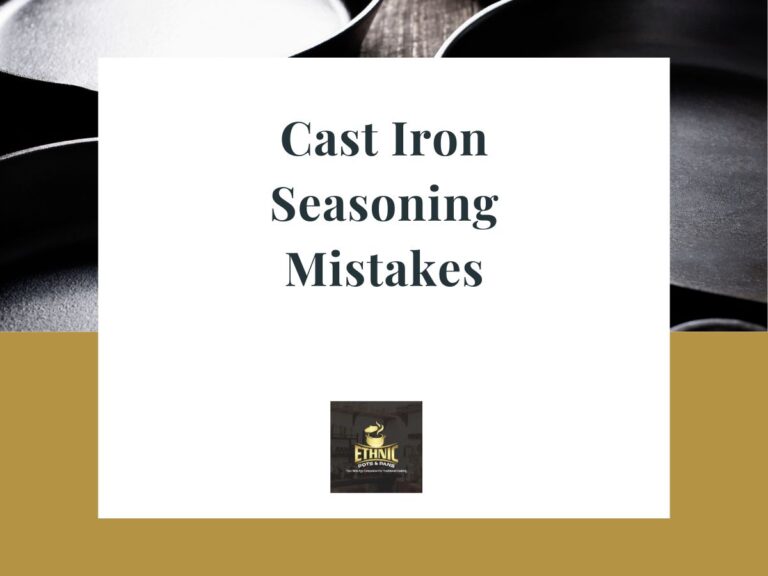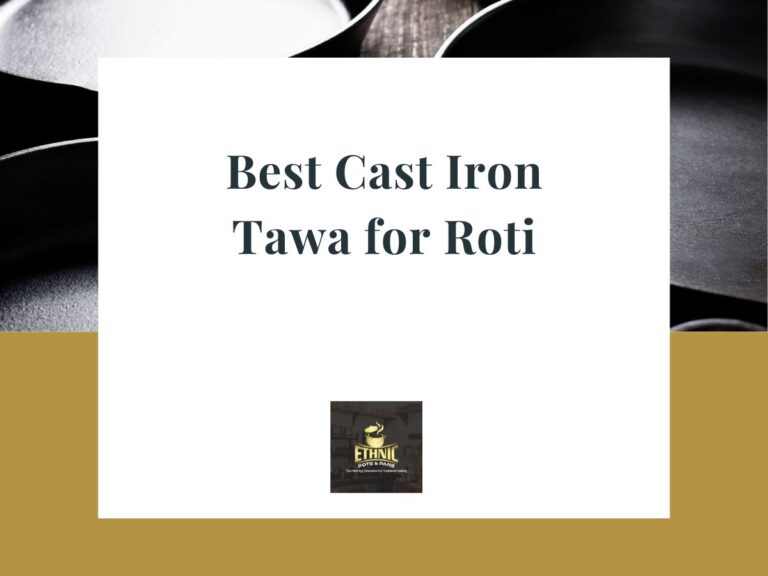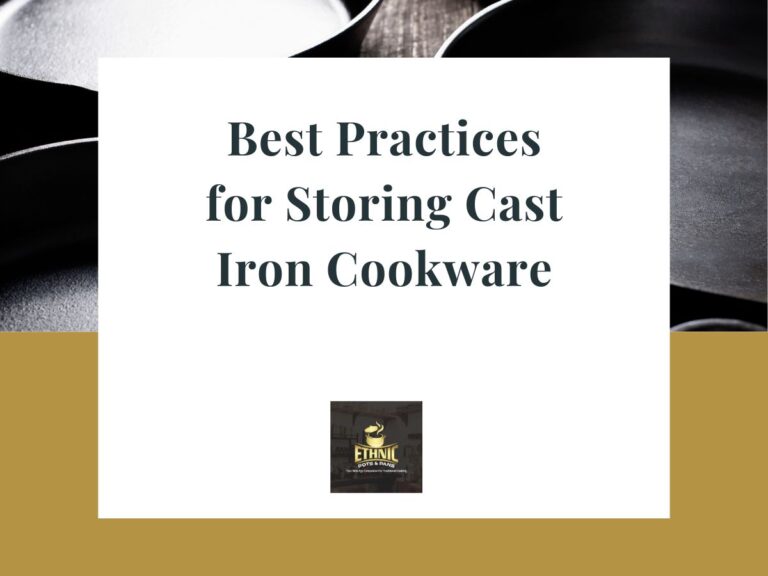Ever wondered what type of pans do chefs use? Chefs use a variety of pans, each tailored to specific cooking tasks, and cast iron cookware is a staple in many professional kitchens due to its versatility and durability. Here’s an overview of the types of pans chefs commonly use:
1. Cast Iron Skillet
– Use: Searing, frying, baking, roasting, and even braising.
– Features: Heavy-duty with excellent heat retention and even heating. Ideal for high-heat cooking and can transition from stovetop to oven seamlessly. Cast iron skillets are perfect for getting a great sear on meats and creating a flavorful crust.
-
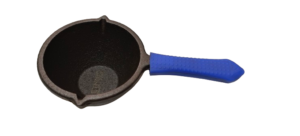
 Pre-seasoned cast iron tadka pan₹550.00
Pre-seasoned cast iron tadka pan₹550.00 -
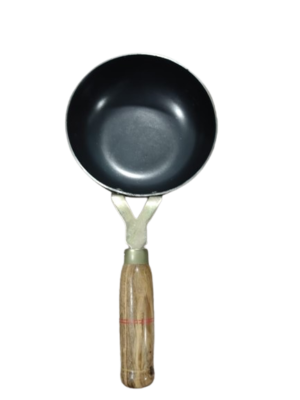
 Sheet Iron Tadka pan₹500.00
Sheet Iron Tadka pan₹500.00 -
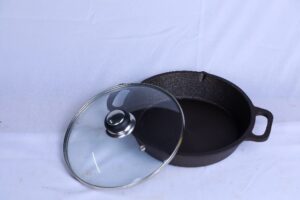
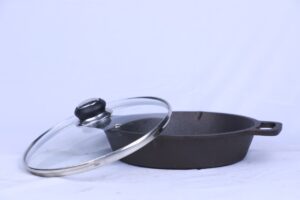 Pre-seasoned cast iron skillet with short handle₹1,250.00 – ₹1,700.00
Pre-seasoned cast iron skillet with short handle₹1,250.00 – ₹1,700.00 -
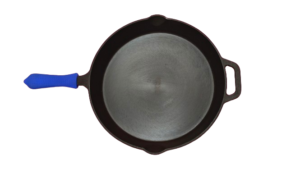
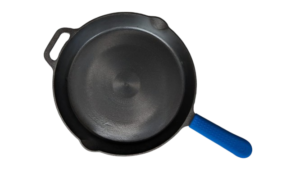 Pre-seasoned cast iron skillet with long handle₹800.00 – ₹1,750.00
Pre-seasoned cast iron skillet with long handle₹800.00 – ₹1,750.00
2. Sauté Pan
– Use: Sautéing, browning, and searing.
– Features: Straight sides and a wide, flat bottom allow for easy tossing of ingredients and even cooking. It usually comes with a lid, making it versatile for simmering and braising as well.
3. Frying Pan (Skillet)
– Use: Frying, scrambling, searing, and browning.
– Features: Sloped sides that make it easy to flip food, ideal for quick-cooking tasks. Available in various materials, including stainless steel, cast iron
4. Saucepan
– Use: Making sauces, boiling, and simmering.
– Features: High sides and a small diameter, perfect for cooking with liquids. Often comes with a lid and is used for tasks like reducing sauces or boiling pasta.
5. Cast iron Grill Pan
– Use: Grilling indoors.
– Features: Ribbed surface that mimics outdoor grilling by leaving grill marks on food. Cast iron grill pans are particularly favored for their ability to retain and evenly distribute heat.
6. Wok
– Use: Stir-frying, deep-frying, steaming.
– Features: Round-bottomed with high, sloping sides, allowing for quick cooking at high temperatures. Cast iron woks are excellent for maintaining heat when cooking large quantities.
7. Dutch Oven (Cast Iron)
– Use: Braising, stewing, baking bread.
– Features: Heavy, with thick walls and a tight-fitting lid. Known for its ability to retain heat and cook food evenly, it’s perfect for slow-cooked dishes and can be used both on the stovetop and in the oven.
8. Griddle
– Use: Cooking pancakes, crepes, and burgers.
– Features: A flat, wide cooking surface often used for cooking large quantities at once. Cast iron griddles are popular for their even heating and ability to hold high temperatures.
9. Copper Pan
– Use: Precision cooking, particularly in French cuisine.
– Features: Excellent heat conductivity and quick responsiveness to temperature changes, making it ideal for delicate sauces and tasks requiring precise temperature control.
10. Omelette Pan
– Use: Making omelets.
– Features: Similar to a frying pan but typically smaller and with sloping sides, making it easy to flip and fold omelets.
12. Roasting Pan
– Use: Roasting meats, vegetables, and poultry.
– Features: Large, rectangular pan with low sides, often with a rack to allow fats to drip away from the food. Cast iron roasting pans are valued for their durability and ability to retain heat.
13. Braiser (Cast Iron)
– Use: Braising meats, slow cooking.
– Features: Similar to a Dutch oven but with wider, shallower sides. Cast iron braisers are ideal for slow-cooking meats and creating rich, flavorful dishes.
14. Crepe Pan
– Use: Making crepes.
– Features: A shallow, flat pan with a slightly raised edge, designed for spreading thin batter and cooking evenly.
15. Saucier
– Use: Making sauces, reductions, and risottos.
– Features: Similar to a saucepan but with sloped sides, making it easier to whisk and reduce sauces without ingredients sticking to the corners.
-
Beginners Combo/ Gift Set Combo – Pre-seasoned cast iron Combo
Original price was: ₹4,999.00.₹2,700.00Current price is: ₹2,700.00. -
Best Cooking Essentials Combo
Original price was: ₹5,999.00.₹2,999.00Current price is: ₹2,999.00. -
Pre-seasoned 12 Pits flat bottom paniyaaram pan
₹1,500.00 – ₹1,700.00
Cast iron cookware is a favorite among chefs for its durability, heat retention, and versatility. Whether searing a steak, baking a cornbread, or slow-cooking a stew, cast iron pans are trusted tools in both professional and home kitchens. They complement the use of other specialized pans, providing a well-rounded toolkit for any culinary task.
